Protein-rich seaweed has dropped off British menus. Now an innovative Pembrokeshire group is leading a renaissance rooted in Welsh history
From the surfing beach of Freshwater West, Pembrokeshire, it is just a short walk to a small restored hut that stands alone on the southern cliff, where local forager, chef and entrepreneur Jonathan Williams gazes down at the rocks below.
“It’s part of the Welsh DNA, like rugby and male voice choirs,” says Williams. “It’s packed with flavour, it’s 40% protein, healthy, it doesn’t take up land or require fresh water and it grows at a phenomenal rate. We should be shouting about it.”
He’s talking about seaweed. Despite the nearly 650 different species that grow on UK shores, seaweed is rarely thought of as a British food. Yet the red macroalgae Porphyra, commonly know as laver or nori, has been harvested for centuries in Wales, and is rooted in Welsh history.
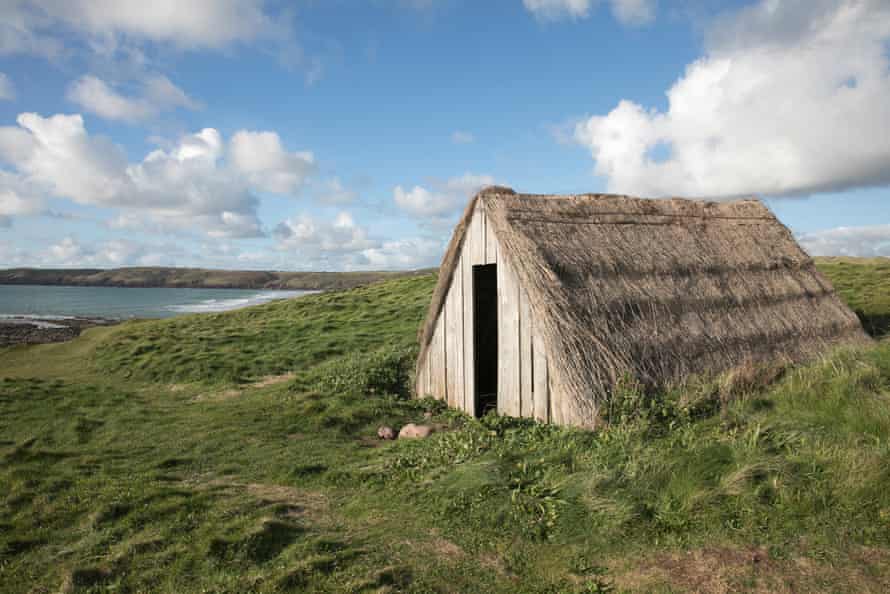
On this particular stretch of the coastal path, seaweed became a flourishing cottage industry towards the end of the 19th century, with family-owned huts dotting the grassy cliffs. Women from the village of Angle used them to dry the seaweed they harvested before selling it to be processed in Swansea. Laverbread, a dark green puree without a crumb of bread in it, was the traditional way of eating it. Actor Richard Burton called it “Welshman’s caviar”; fried with cockles and bacon, it was a nutritious breakfast for the pit workers until the decline of coal mining in the 1950s.
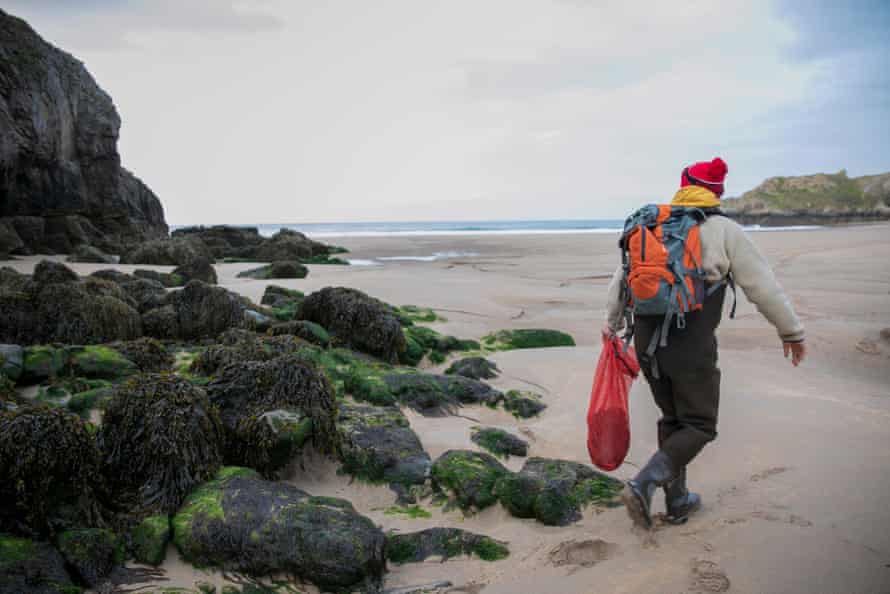
Moving nimbly across the rocks, Williams knows where to find his treasures. For the past 10 years he has been foraging seaweed exposed by the early morning tide, out of a determination to put laver back on the menu. When he started, a few companies did sell laverbread – such as the family-run Selwyn’s Seafoods in the Gower Peninsula, which also developed crispy laver snacks – but “it was very hard” to get people to taste seaweed, he says.
Today, however, people make the journey to try it. From his mother’s kitchen, Williams has created a variety of street food dishes for his beach cafe, and a range of products for the Pembrokeshire Beachfood Company. He plans to open a gastropub and microbrewery in Angle next year.
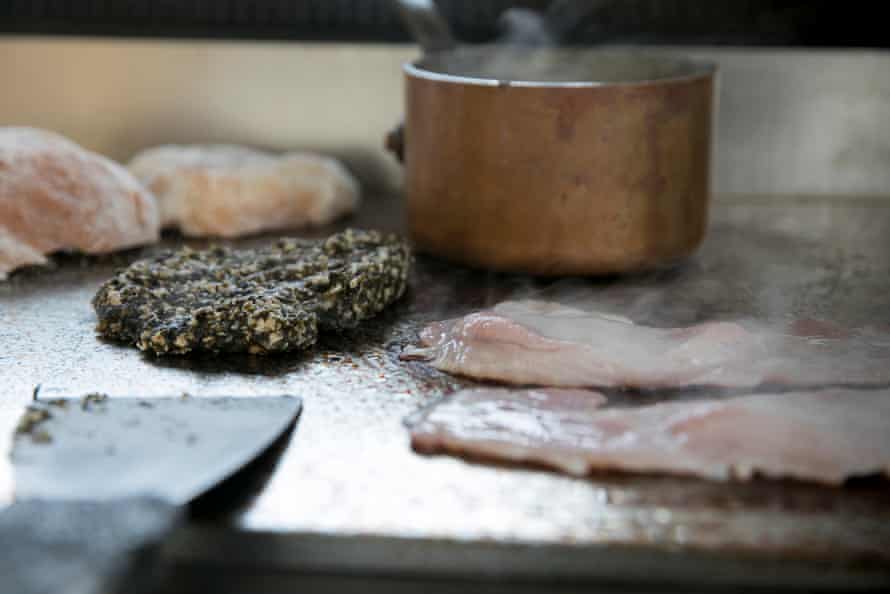

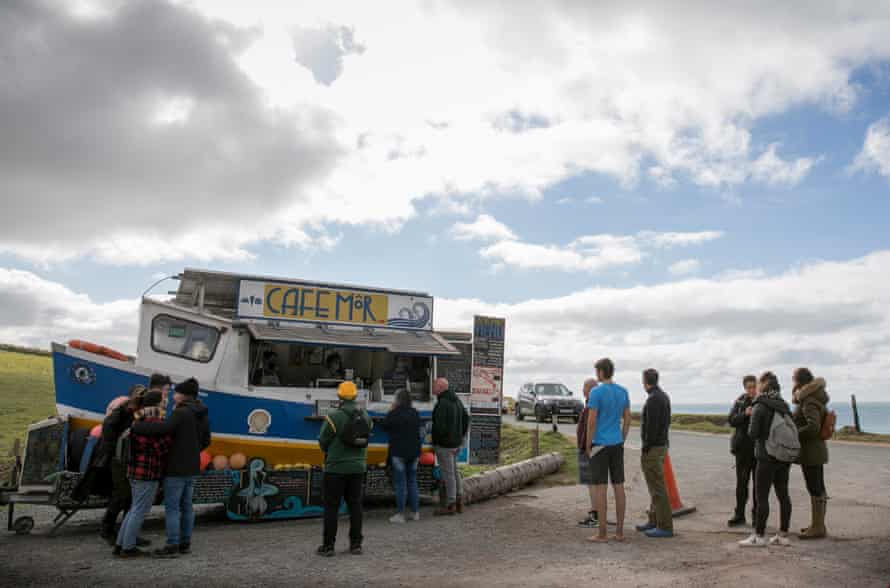
Increasing awareness of the health and environmental benefits of seaweed, coupled with its potential implications for food security, has raised demand. Scientist Jessica Knoop researched the sustainability of Porphyra in the UK in collaboration with Williams and concluded that local harvesting wasn’t having a negative impact on wild stocks, but argues that that the future of seaweed in Europe is aquaculture. “Cultivation of laver is definitely possible,” she says, although “more research is needed” to make it commercially viable.
The UN’s Food and Agriculture Organization (FAO) estimates the global seaweed industry is valued at around $6bn (GBP4bn), destined mainly for human consumption in Asia Pacific, although other uses include cosmetics, feed, bioplastic, fertilisers and biofuel.
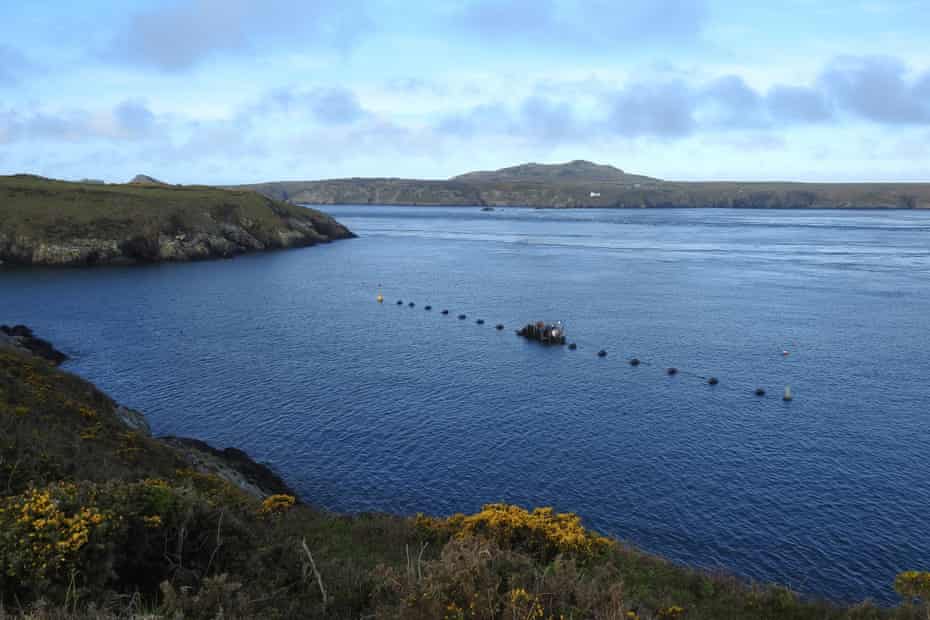
Its presence in the western world is much less prominent and more artisanal. Take a one unique project in Wales, off the coast of St David’s, which is finally making headway. It took Car-Y-Mor (For the Love of the Sea) three years to get licences but since August two community-run trial farms are growing kelp, scallops and oysters, while being monitored for biodiversity and carbon capture. The 400 metres of seaweed lines replicate the 3D ocean farming model: vertical underwater gardens that can regenerate marine ecosystems. If successful, the project will be scaled up and provide a template for small producers in the area.

Born out of a conversation between Williams and disillusioned fish farmer Owen Haines, the initiative puts as much emphasis on environmental goals as socioeconomic needs. Haines, who moved from trout to shellfish farming before switching to polyculture farming, says: “The aim is to mitigate climate change, generate local jobs and improve people’s diets.” He mentions engagement as key to reassuring those unconvinced that farming sustainably won’t hinder other activities or alter the marine environment. With more than 100 members, they recently raised GBP84,000 with a “pioneer share offer” to continue operating.

At 7am volunteers marine engineer and skipper Steve Rees, his daughter Rosie, agricultural farmer and educator Dan Jones and fishing trips provider Padrig Rees join Haines at St Justinian’s to harvest sugar kelp (Saccharina latissima). Later on, diver and underwater pilot Martin Charlton helps with setting up the mussel farm. Between tasks, Padrig sums up the general sentiment: “It is about continuing to make a living from the sea without exhausting its resources.”
The team effort is rewarded with a 400kg crop, although once dried it will lose 90% of its biomass. The yield is transported to Aberystwyth and test-dried in a state-of-the-art grain dryer but it doesn’t prove suitable, frustrating plans to send out samples to local restaurants.
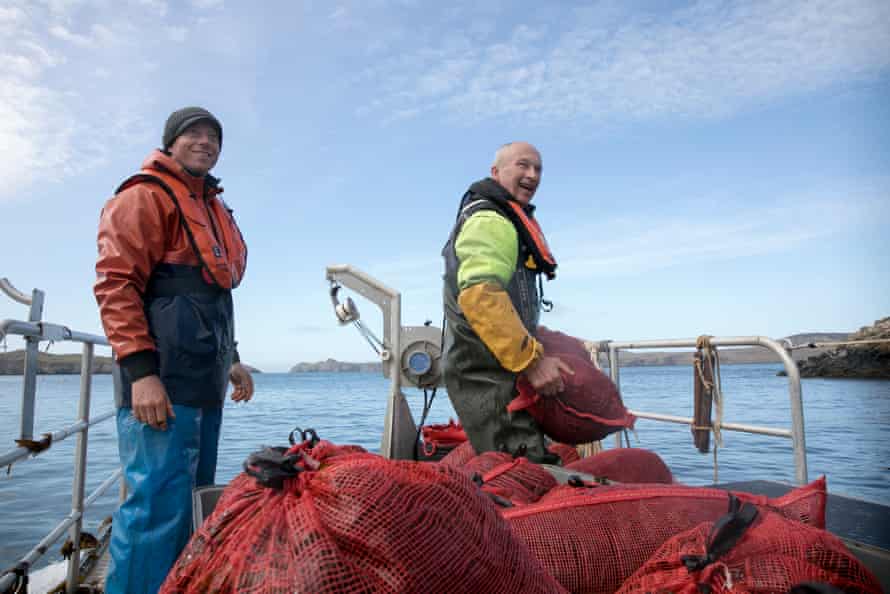
While commercialisation might still be a way off, at Aberystwyth University marine biologist Nerea Sanchis is starting a genetic monitoring programme to assess patterns of diversity in species of kelp. And at the processing centre in Solva, Car-y-Mor co-founder Megan Haines is learning a new trade while generating revenue from marketing local seafood until they can start selling the farms’ harvests.
“We are at a turning point in this area, there is a real danger of skills disappearing. We are reapplying them in a way that cares for the sea,” she says. “I’m really passionate about helping people to introduce seaweed into their diets.”
